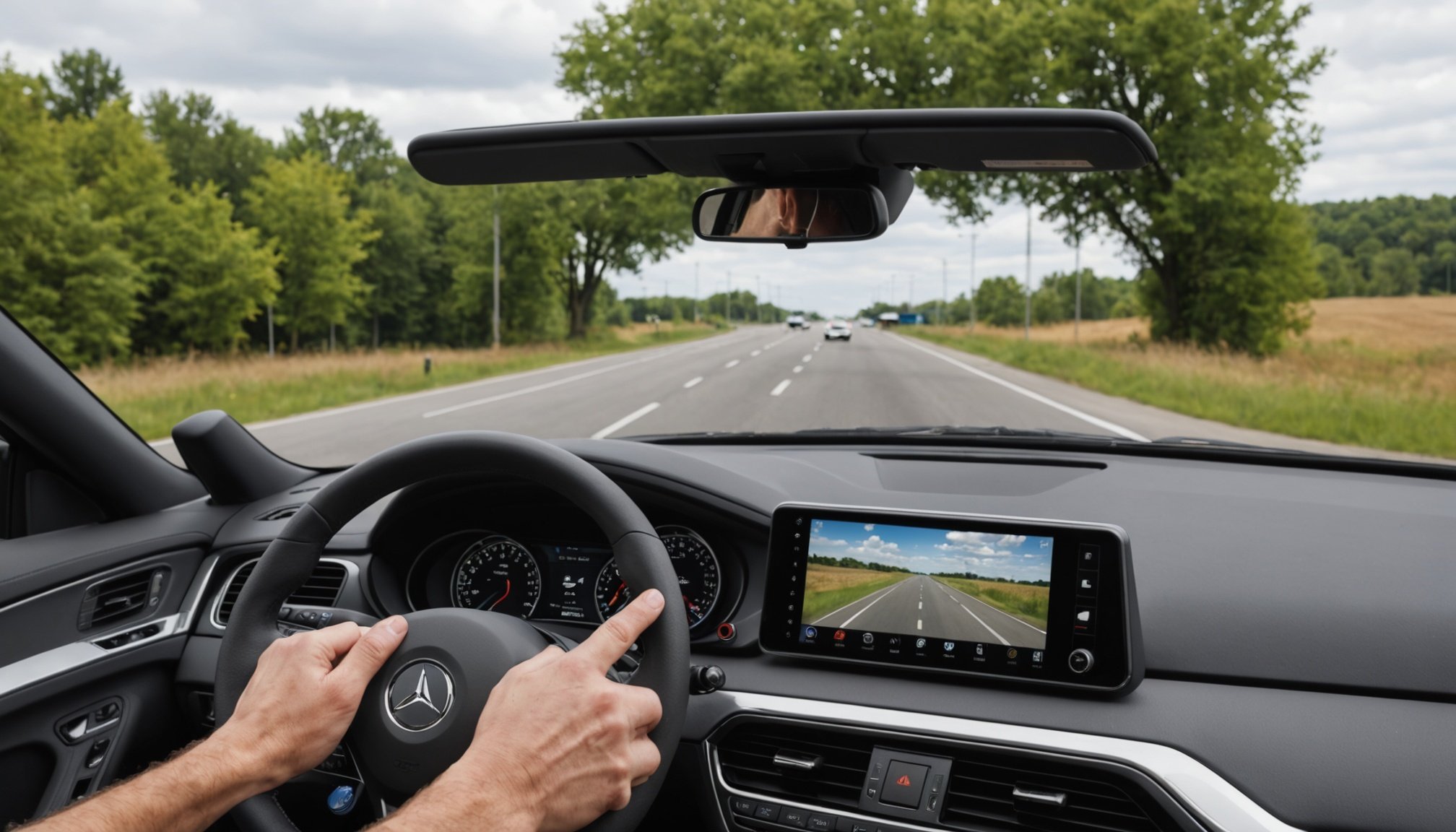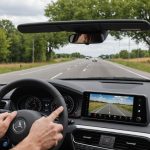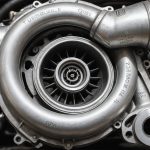Replacing the rearview mirror in a vehicle equipped with Advanced Driver-Assistance Systems (ADAS) is not as straightforward as it might seem. These systems are designed to enhance driver safety and rely on a complex network of sensors, cameras, and software to function correctly. Therefore, any disruption, such as rearview mirror replacement, must be handled with precision and care to maintain the vehicle’s safety features. This article delves into the process, challenges, and important considerations when replacing a rearview mirror in a modern car equipped with ADAS.
Understanding the Role of ADAS in Modern Vehicles
ADAS technology has revolutionized the driving experience by augmenting driver capabilities and enhancing safety standards. These systems incorporate various features such as lane departure warning, adaptive cruise control, emergency braking, and blind spot detection. Cameras and sensors integrated into the rearview and side mirrors play a critical role in these systems.
This might interest you : How can you ensure that the vehicle’s collision avoidance system is accurately calibrated?
For instance, a rearview mirror may house a camera that assists in lane changes and provides a live feed of the road behind. This is particularly useful in detecting obstacles or other vehicles in your blind spots. Replacing such a vital component without due diligence could impair the functioning of the ADAS, putting you and other drivers at risk.
In addition, vehicles with advanced driver-assistance systems often feature calibration requirements for the sensors and cameras. Proper calibration is essential to ensure that these components can accurately interpret the environment and provide reliable data to the ADAS features. Without correct calibration, the reliability of lane departure warnings, emergency braking systems, and adaptive cruise control could be compromised.
Have you seen this : What are the signs that a vehicle’s powertrain control module (PCM) needs servicing?
The Steps for Safe Rearview Mirror Replacement
When it comes to replacing the rearview mirror in a vehicle with ADAS, there are several critical steps to follow. These steps ensure that the replacement is performed correctly and that all integrated systems work as intended.
1. Consult the Vehicle Manual
Before making any changes, consult your vehicle’s manual. The manual often contains specific instructions for dealing with ADAS components. It provides detailed guidelines on how to safely remove and replace the rearview mirror without damaging the connected systems. The manual may also indicate if special tools or calibration procedures are required.
2. Disconnect the Battery
Safety is paramount when working with electronic components. Disconnecting the battery helps prevent electrical hazards and ensures that the ADAS systems are not active during the replacement process. This step is crucial to avoid accidental triggering of any sensors or cameras integrated into the rearview mirror.
3. Remove the Old Mirror
Carefully remove the old rearview mirror, taking note of any connected wires or sensors. Some mirrors may have clips or screws that need to be undone, while others may require a specific technique to detach. It is essential to handle these components delicately to avoid damage.
4. Install the New Mirror
Carefully install the new rearview mirror, ensuring that all connections are secure and aligned properly. The replacement mirror should be compatible with your vehicle’s ADAS components. If the new mirror includes integrated cameras or sensors, ensure that they are correctly positioned.
5. Calibrate the ADAS Components
After installing the new rearview mirror, it is crucial to calibrate the connected ADAS components. Calibration ensures that the systems can accurately interpret data from the sensors and cameras. This step often requires specialized equipment and expertise, so it may be beneficial to seek professional assistance.
Calibration and Testing of ADAS Systems
Calibration is a critical step when replacing the rearview mirror in a vehicle equipped with ADAS. Proper calibration ensures that the integrated systems function correctly and provide reliable data to the driver. The calibration process can be complex and typically requires specialized tools and expertise.
1. Understanding Calibration Requirements
Different ADAS features have specific calibration requirements. For example, lane departure warning systems rely on cameras to detect lane markings, while adaptive cruise control uses sensors to monitor the distance between vehicles. Improper calibration can lead to inaccurate or unreliable system performance, compromising driver safety.
2. Professional Calibration Services
Given the complexity of calibration, it is often advisable to seek professional assistance. Many auto repair shops and dealerships offer specialized calibration services for vehicles with ADAS. These professionals have the necessary tools and expertise to ensure that all systems are correctly calibrated.
3. Self-Calibration Options
In some cases, vehicle owners may have the option to perform self-calibration using guidelines provided in the vehicle manual. However, this option requires a thorough understanding of the ADAS components and the ability to follow detailed instructions accurately. Self-calibration can be a cost-effective solution, but it carries the risk of incorrect calibration if not performed correctly.
4. Testing the Calibrated Systems
After calibration, it is essential to test the ADAS components to ensure they function correctly. Testing can involve driving the vehicle under various conditions to observe the performance of features like lane departure warning, adaptive cruise control, and blind spot detection. Any discrepancies or issues should be addressed promptly to maintain safety.
The Importance of Professional Assistance
While it may be tempting to undertake the rearview mirror replacement as a DIY project, seeking professional assistance can offer several benefits, especially for vehicles equipped with advanced driver-assistance systems. Professional auto repair shops and dealerships have the necessary tools, expertise, and experience to perform the replacement and calibration tasks accurately.
1. Expert Knowledge of ADAS Components
Professionals are well-versed in the intricacies of ADAS components and their calibration requirements. They understand the specific needs of different systems and can ensure that all components are correctly installed and calibrated.
2. Access to Specialized Tools
Professional auto repair shops have access to specialized tools and equipment designed for ADAS calibration. These tools are essential for precise calibration and accurate system performance.
3. Reliable and Accurate Results
Professional assistance ensures that the rearview mirror replacement and calibration are performed to the highest standards. This reliability and accuracy are crucial for maintaining the safety and performance of your vehicle’s ADAS features.
4. Save Time and Effort
Replacing and calibrating the rearview mirror in a vehicle with ADAS can be time-consuming and complex. By seeking professional assistance, vehicle owners can save time and effort while ensuring that the task is performed correctly.
Replacing the rearview mirror in a vehicle equipped with ADAS requires careful consideration, precision, and expertise. The rearview mirror is often an integral part of the vehicle’s safety systems, housing cameras and sensors that provide critical data for features like lane departure warning, adaptive cruise control, and blind spot detection.
To ensure a safe and accurate replacement, it is essential to follow a structured process, including consulting the vehicle manual, disconnecting the battery, carefully removing and installing the mirror, and calibrating the ADAS components. Given the complexity of calibration, seeking professional assistance can offer significant benefits, including expert knowledge, access to specialized tools, and reliable results.
By adhering to these guidelines and taking the necessary precautions, vehicle owners can maintain the performance and safety of their ADAS features, ensuring a safer driving experience for themselves and others on the road.











